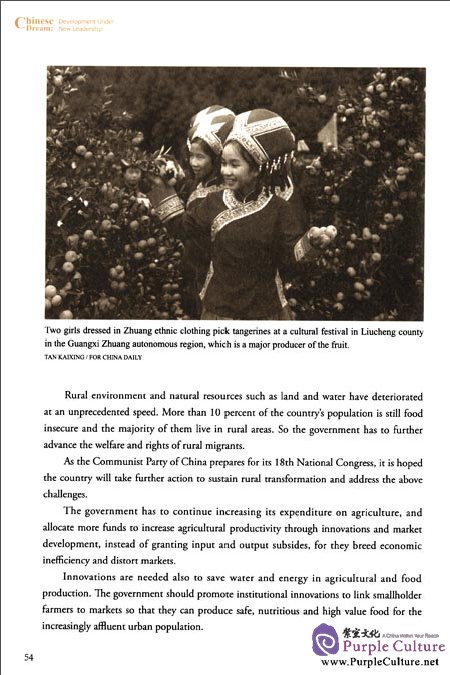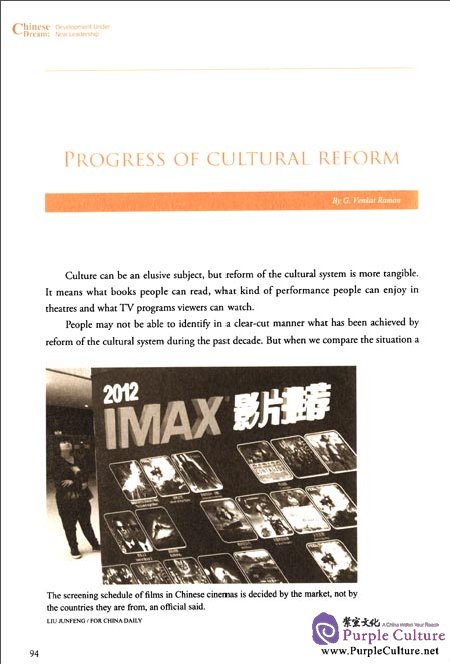Sample Pages Preview


China has huge potential to advance its urbanization given that a half of its populationstill lives in rural areas. Currently, the country's urbanization ratio is about 51 percentsome experts estimate the country's real urbanization ratio is 35 percent if those who havesettled in cities but failed to gain a hukou in them are taken into account-such a ratio isfar below that of some developing countries at a similar development stage, not to mentiondeveloped countries, where the urbanization ratio is more than 70 percent. However, thismeans China still has huge potential to raise its urbanization ratio in the years ahead.
According to some experts' estimates, China's urbanization ratio will riseby onepercentage point every year during the next 20 years. This would mean the countrywould have 65 percent of its population living in urban areas by 2025. Together withthe estimated 200 million living in cities without an urban hukou, this would mean anadditional 400 million urban residents in the next 10 years. According to the calculationthat there is 100,000 yuan ($16,000) of investment in infrastructure and public services foreach urban resident, China would need to invest an additional 40 trillion yuan as a resultof urbanization in the coming decade, which is equivalent to its gross domestic product in2011. Such a colossal investment is sure to have a positive and widespread influence on thenational economy.
Aside from the huge investment potential it will create, urbanization will alsoplay a positive role in boosting domestic demand. Statistics show that urban residents'consumption capacity is usually three times that of their rural counterparts, This meansthat an increase in the country's urbanization ratio of one percentage point will result inan additional 1.4 percent increase in the volume of consumer goods sold. The increasedconsumption resulting from a raised urbanization ratio will undoubtedly help change longrunning imbalances in Chinas economic structure.

